Beaches on the West Coast

Ready for an amazing beach getaway? Read on... The West Coast is a spectacular stretch of coastline, breathtakingly diverse with dramatic cliffs, golden sandy beaches, rugged coves, and charming seaside towns. Here are the beaches I recommend from my recent four week road trip, and I hope you’ll enjoy them too.
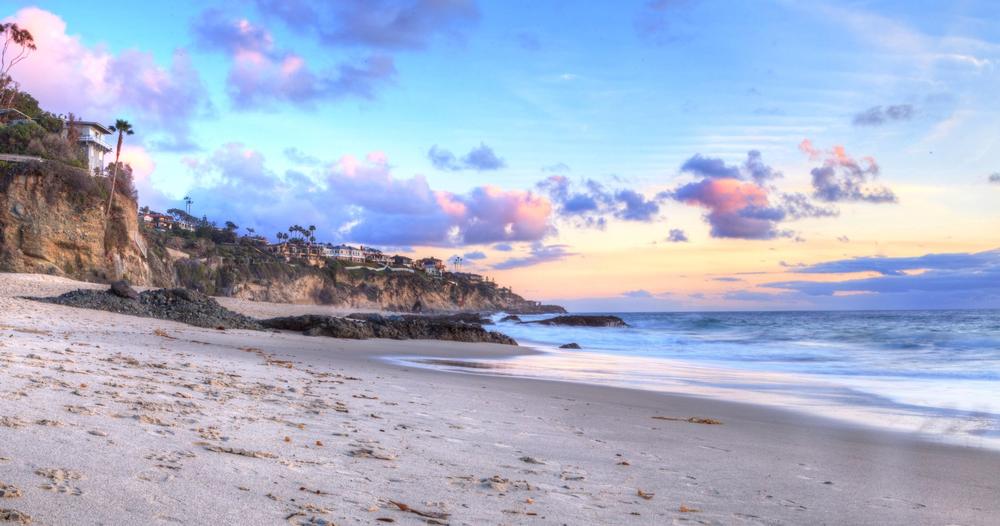
1. Thousand Steps Beach, Laguna Beach, California
This is one of my favorite beaches on the West Coast. Why? I love that you reach it by descending a long staircase (though not quite a thousand steps) which, to me, makes the beach feel tucked away and exclusive. In addition, I loved exploring the tide pools and caves at low tide with my son and husband, which gave our trip to the beach a sense of purpose!
We drove south along the Pacific Coast Highway from Laguna, pulling off at a quiet residential stretch that didn’t look like it led to the ocean at all.
I found the sweeping cliffs and turquoise water stunning, making it one of the most romantic and photogenic spots in Southern California.
Thousand Steps Beach is my favorite kind of coastal escape, where natural beauty and seclusion create an unforgettable experience.
The name is dramatic, and a little misleading. It’s not actually a thousand steps, though... after the first few flights, it might as well be. The descent into Thousand Steps Beach felt like a secret passage. Concrete stairs hugged the bluff, framed by succulents and salt air. The further I went, the quieter it got.
- Location: In South Laguna Beach, California, along the Pacific Coast Highway
- Drive time from downtown Laguna Beach: 10 minutes
- Food Nearby: Local cafes up the hill in Laguna Beach, but pack in for best effect
What I loved best:
My personal highlight on this California beach was the magnificent natural scenery with high sandstone walls on both sides, and lots of tide pools to look through.

2. Cama Beach State Beach, Washington
I think this beach park in Washington is one of the best family-friendly beaches in the Pacific Northwest. Why? I love that it preserves historic waterfront cabins, giving visitors a chance to stay right on the beach in a charming, nostalgic setting.
We drove a little over an hour north from Seattle, crossing bridges onto Camano Island where the road narrowed through quiet woods.
My favorite part was waking up in a cozy cabin and walking just a few steps to the shoreline, where the views of Puget Sound were spectacular.
I found the park perfect for kayaking, boating, and beachcombing, with activities that made it fun for both couples and families.
For me, Cama Beach is more than just a state park—it’s my favorite kind of retreat, where history, nature, and relaxation all come together.
Cama Beach didn’t arrive all at once. I parked, walked through a quiet stretch of forest, and then, the trees opened. Wooden cabins sat just feet from the shoreline, lined up like they were waiting for stories to unfold. I stood at the edge of the bluff and looked down at the narrow beach. It was low tide, and the sound was more creek than ocean.
- Location: On the southwest shore of Camano Island in Washington’s Puget Sound
- Drive time from Seattle: About 1.5 hours
- Cost: Free with Discover Pass; cabin rentals extra
What I loved best:
The beach was small but deeply textured, washed stones, driftwood, the occasional crab skittering between seaweed folds. A mist lingered on the horizon, the kind that made everything feel wrapped in parchment. I wandered the shoreline quietly, watched a pair of kayaks glide past, and felt like I’d entered the footnotes of someone else's novel , the best part, the part they almost didn’t keep.
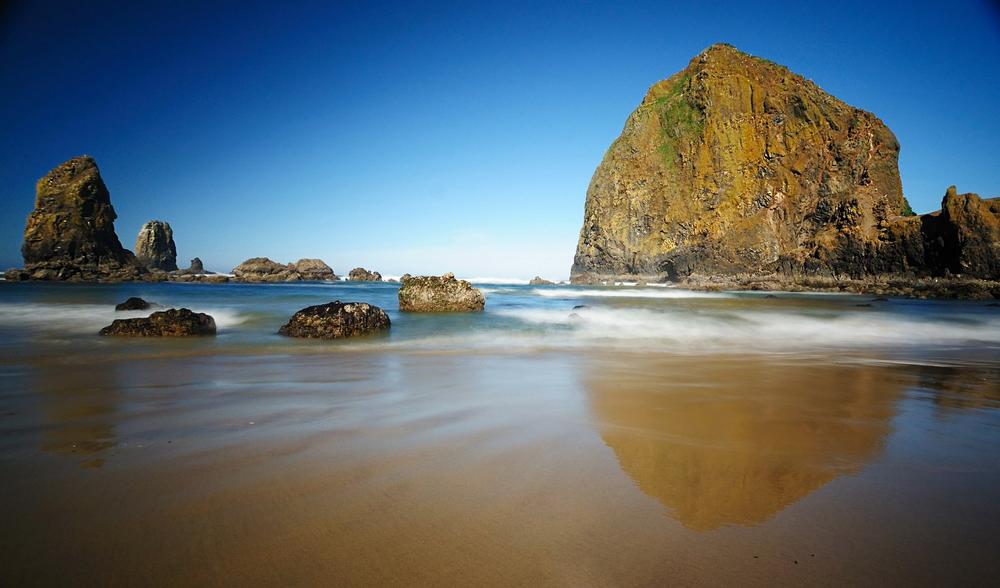
3. Cannon Beach, Oregon
I feel that this beach needs no introduction since everyone has seen its iconic photos at some point. We drove west from Portland in about an hour and a half, winding through evergreen forests before the road dropped toward the Pacific.
I knew what it looked like before I got there since Haystack Rock loomed in every travel brochure and Oregon Coast calendar. But seeing it in person made me stop walking! It was taller than expected, wider, darker, like it had been plucked from myth and planted in saltwater.
Cannon Beach in Oregon is one of my favorite classic West Coast beaches, and it’s easily one of the best hidden gems for a scenic weekend getaway in the Pacific Northwest.
I love that it’s home to the iconic Haystack Rock, which rises dramatically from the shoreline and makes the beach instantly recognizable.
My favorite part was walking along the wide stretch of sand at sunset, with the waves crashing and the sea stacks glowing in the fading light.
I found the town itself charming, with art galleries, cafés, and boutique shops that added to the cozy coastal vibe.
For me, Cannon Beach is more than just a landmark—it’s my favorite kind of Oregon getaway, where natural beauty and small-town charm blend perfectly.
- Location: On the northern Oregon coast along U.S. Highway 101, famous for Haystack Rock
- Drive time from Portland: About 1.5 hours
- Facilities: Public restrooms, showers, nearby shops and rentals
- Cost: Free
What I loved best:
The beach itself was vast, flat, wind-brushed, made for long walks and lost thoughts. Dogs raced across the wet sand, kids chased the tide, and somewhere in the background, a kite floated like punctuation. I walked toward the base of Haystack, careful over the tide pools.


4. Carlsbad State Beach, SoCal
This was one of my favorite Southern California day trips when I moved to the West Coast!
We drove north from San Diego in about forty minutes, the highway hugging the coast before dropping us into the small downtown where we spent five days in an affordable vacation rental.
I love that it offers wide sandy shores, mellow waves, and a laid-back vibe that makes it an underrated alternative to busier San Diego beaches.
My favorite part was watching the sunset from the bluffs, where the colors over the Pacific were absolutely breathtaking.
I found the beach perfect for swimming, surfing, or just strolling along the boardwalk, with the charming town of Carlsbad right nearby for dining and shopping.
For me, Carlsbad State Beach is more than just a stretch of sand—it’s my favorite kind of coastal retreat, where surf, sunsets, and small-town charm come together beautifully.
I can assure you that Carlsbad was everything you'd want from a Southern California beach , long and tan, full of movement, with just enough palm trees to make the skyline feel cinematic. I parked along the top bluff, followed the stairway down, and landed on warm, wide sand already humming with morning life.
- Location: Along the coast of Carlsbad in northern San Diego County, California
- Drive time from San Diego: About 40 minutes
- Cost: $15 parking fee or state parks pass
- Hours: 6am–10pm
What I loved best:
Watching surfers lined on the waves, waiting for the perfect ride, was my personal highlight. Families set up camp with coolers and beach toys. The sun slid across the water like it belonged there.
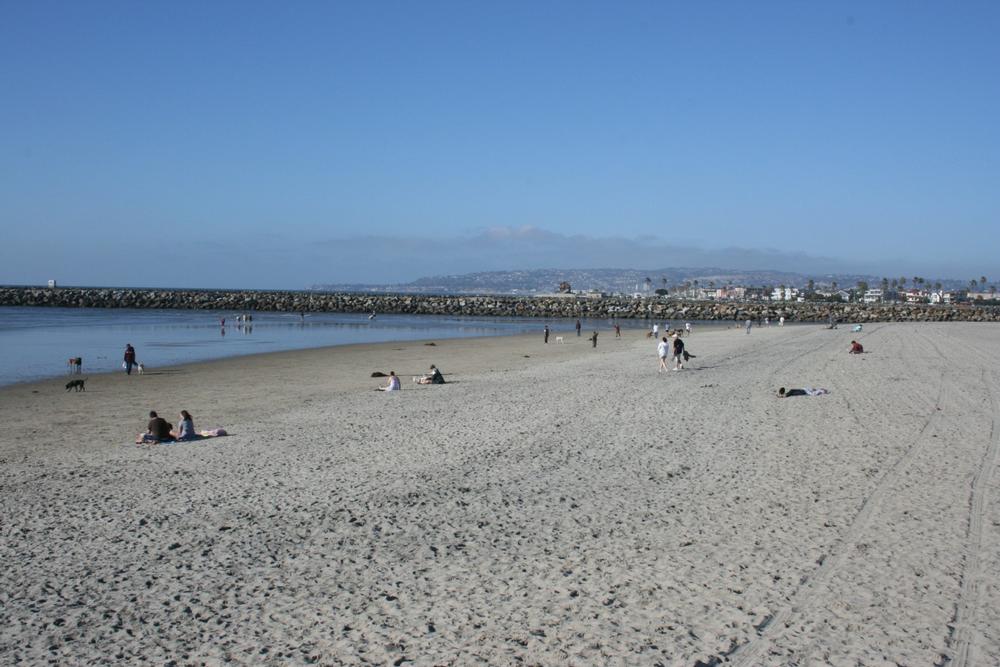
5. Dog Beach
This beach in San Diego is one of my favorite spots for furry friends, and it’s easily one of the best beaches in California if you want to share the sand and surf with your pup.
We drove just a few minutes from downtown San Diego, crossing into Ocean Beach where the streets ended right at the water.
I love that it’s completely leash-free, giving dogs the freedom to run, play, and splash in the waves—it’s pure joy to watch.
My favorite part was the happy, lively atmosphere where everyone, both dogs and people, seemed to be having the best time.
- Location: At the north end of Ocean Beach in San Diego, where the San Diego River meets the Pacific Ocean
What I loved best:
I found this beach to be a welcoming and friendly place, making it ideal for dog lovers who want a beach day that feels both fun and carefree.

6. Fort Worden
I love that this beach destination combines historic military structures with stunning natural scenery, making it both fascinating and beautiful.
In addition, this beach in Port Townsend, Washington, is one of my favorite coastal parks when I'm in the mood for wild nature.
We drove about two hours northwest from Seattle, crossing the Hood Canal Bridge and winding through forested roads before reaching Port Townsend.
My favorite part was exploring the old bunkers and batteries, then heading to the bluff trails for panoramic views of Puget Sound.
I found the park great for camping, hiking, and even beachcombing, with a little bit of everything to enjoy for couples, families, and history buffs.
For me, Fort Worden is more than just a park—it’s my favorite kind of destination, where history, adventure, and coastal beauty blend seamlessly.
Fort Worden made me pause before I even reached the beach. The historic military buildings, all white trim and peeling paint, stood like ghosts of order. Trails wound through old batteries and bunkers, moss creeping up cement that once echoed with drills. I followed the scent of salt through the trees until I could hear the waves again.
- Location: In Port Townsend, Washington, on the northeastern tip of the Olympic Peninsula along Admiralty Inlet
- Drive time from Seattle: About 2 hours (including ferry)
- Cost: Free entry; Discover Pass required for parking
- Hours: 8am–dusk
What I loved best:
The beach was long and slightly rough, with driftwood so big it looked placed there by storm or story. A lighthouse stood in the distance and that really stood out for me. The water was cold, the sky heavy with cloud, and everything around me seemed to slow.


7. Horsfall Beach
This beach on the Oregon Coast is one of my favorite wild escapes, and it’s easily one of the best hidden gems for a weekend of adventure by the Pacific.
We drove north from Coos Bay in less than twenty minutes, the road passing through dunes and patches of pine before opening to the Pacific.
I love that it stretches for miles with dramatic dunes, wide sandy shores, and crashing surf, making it an underrated spot compared to more crowded Oregon beaches.
My favorite part was exploring the towering sand dunes behind the beach—they felt like a whole other world and made the area perfect for hiking or even off-road fun.
I found the beach ideal for long walks, beachcombing, and watching the sunset over the endless horizon of the Pacific Ocean.
For me, Horsfall Beach is more than just a stop along the coast—it’s my favorite kind of Oregon getaway, where rugged beauty and wide-open spaces create an unforgettable experience.
Horsfall didn’t try to impress. It just unfolded, a massive expanse of sand, a restless ocean, and dunes tall enough to make you feel like you were walking inside a whisper. There were no crowds. Just wind, space, and the occasional gull tracing its own path overhead.
- Location: North of Coos Bay on the southern Oregon Coast, within the Oregon Dunes National Recreation Area
- Drive time from Coos Bay, OR: About 20 minutes
- Best Time to Visit: Late afternoon for long shadows and fewer ATVs
What I loved best:
The sand was pale and firm, perfect for long, deliberate steps. I passed a cluster of driftwood stacked into a makeshift shelter, empty but echoing laughter from earlier in the day.

8. Jetty Island Park, West Coast
This beach in Everett, Washington, is one of my favorite summertime escapes, and it’s easily one of the best hidden gems in the Puget Sound area.
We drove north from Seattle in about forty minutes, reaching Everett where the waterfront opened wide to the bay.
I love that it’s only accessible by boat or a seasonal passenger ferry, which makes it feel like a secret island adventure just minutes from the city.
My favorite part was relaxing on the long sandy beaches, which felt rare and special for this part of Washington—it was perfect for sunbathing, swimming, and kite flying.
Getting to Jetty Island felt like a dare. You can’t just drive there, it takes a foot ferry from Everett or a determined paddle. The ride was short, the air already shifting as we pulled away from shore. On the other side: two miles of undeveloped beach, sandbars, salt marshes, and the soft hum of nothing manufactured.
The sand here was warm and gold, the water calm and shallow enough to walk far out without losing your footing. Kids built castles, and couples strolled with sandals in hand.
- Location: Off the coast of Everett, Washington, in Puget Sound, accessible by seasonal ferry or private boat
- Drive time from Seattle: About 45 minutes to Everett
- Access: Foot ferry from Jetty Landing Park (seasonal)
What I loved best:
I found the shallow, warm waters along the shore especially great for families, making it one of the most underrated kid-friendly beach spots in the region.
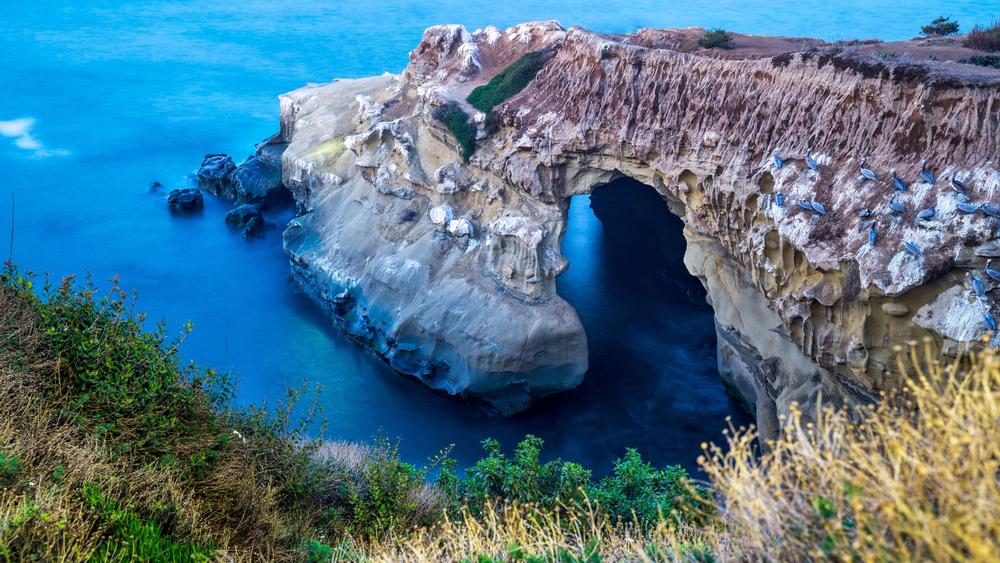

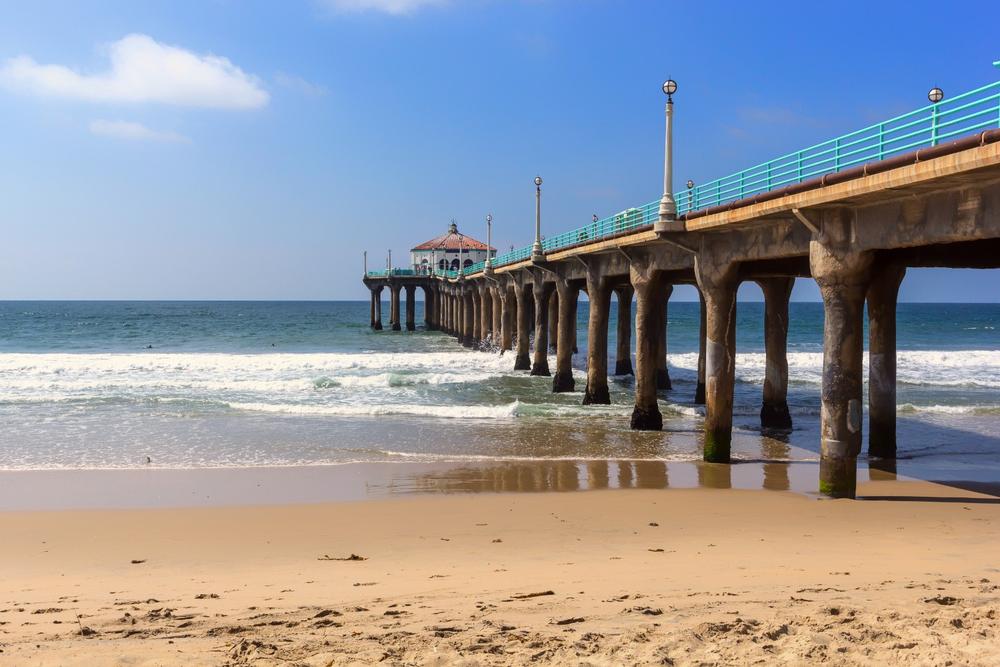
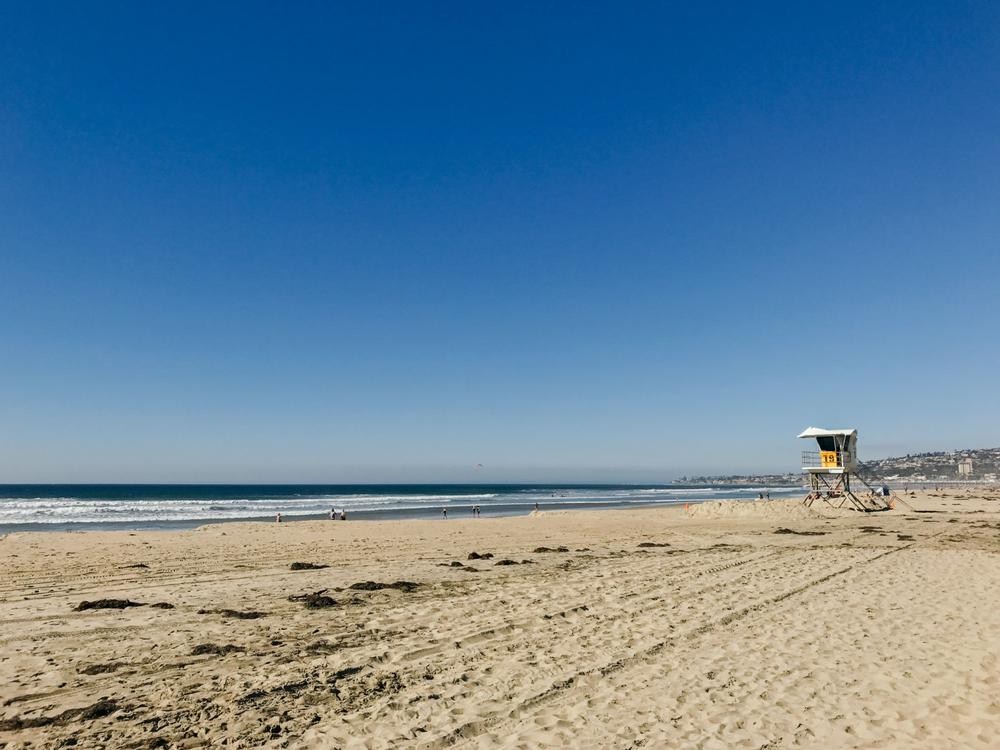

9. Glass Beach
This beach in Fort Bragg, California, is one of my favorite unique coastal stops, and it’s easily one of the best hidden gems on the Northern California coast.
We drove north along Highway 1 from Mendocino, the road twisting between cliffs and redwoods before dropping into Fort Bragg.
I love that the beach is covered in colorful sea glass, remnants of the area’s past that have been transformed by the ocean into something beautiful and rare.
My favorite part was walking along the shore and seeing the sunlight sparkle on the pieces of glass mixed into the sand—it felt magical and one-of-a-kind.
I found the beach to be both scenic and fascinating, with tide pools and coastal bluffs adding even more to explore.
For me, Glass Beach is more than just a beach—it’s my favorite kind of discovery, where nature and history come together to create an unforgettable coastal experience.
It didn’t look like much from the top, just another rugged Mendocino coastline, wild scrub and bluff. But as I climbed down the rocky path and the sunlight caught the shore, the beach began to shine. Not wet sand, not shells, glass. Worn smooth, faded pastel, glittering like old secrets.
Glass Beach At a Glance
- Drive time from San Francisco: About 3.5 hours
- Facilities: Nearby restrooms at MacKerricher State Park
- Cost: Free
What I loved best:
I loved that this place used to be a dumping ground, but nature, being patient, turned that into art! The pebbles clicked under my feet, mostly sea-glass now, shaped by years of tide and friction. I crouched and let a handful run through my fingers and thought,

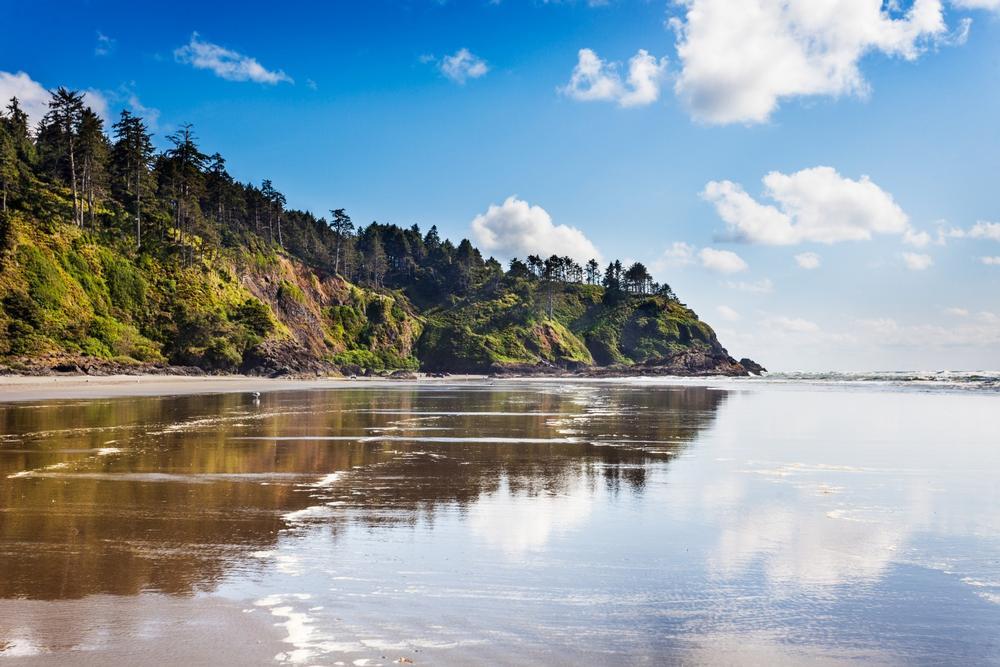
10. Cape Disappointment State Beach
This place in Washington is one of my favorite dramatic coastal escapes. It’s easily one of the best hidden gems on the West Coast for beach, adventure and history lovers.
We drove north from Astoria, crossing the bridge over the Columbia River before winding through evergreens into Washington’s coast.
I love that it sits at the mouth of the Columbia River, where rugged cliffs, crashing waves, and historic lighthouses create an awe-inspiring setting.
My favorite part was hiking the trails to the North Head Lighthouse and the Lewis and Clark Interpretive Center, which combined nature and history in such a powerful way.
I found the the views incredilbe, especially on misty days when the park lived up to its moody, dramatic name.
For me, Cape Disappointment is more than just a park—it’s my favorite kind of Pacific Northwest adventure, where wild landscapes and rich history come together in one unforgettable coastal experience.
Cape Disappointment didn’t disappoint me. But it did hush me. The air was heavy with salt and fog, and the lighthouse stood like an exhale on the headland, watchful, unmoved. I walked the trail from the parking lot, through moss-draped trees, and toward the edge of a coastline that didn’t feel like it belonged to now.
- Location: At the mouth of the Columbia River in southwestern Washington, within Cape Disappointment State Park
- Drive time from Portland: Just under 2.5 hours
- Facilities: Restrooms, trails, campgrounds, interpretive center
What I loved best:
Down below, the beach curved gently, tucked beneath cliffs that crumbled in slow confidence. The Pacific was dark and full, and the waves crashed hard even when the wind stayed still.
For me, Cape Disappointment State Beach is one of the beaches on the West Coast because it's peaceful and unique!
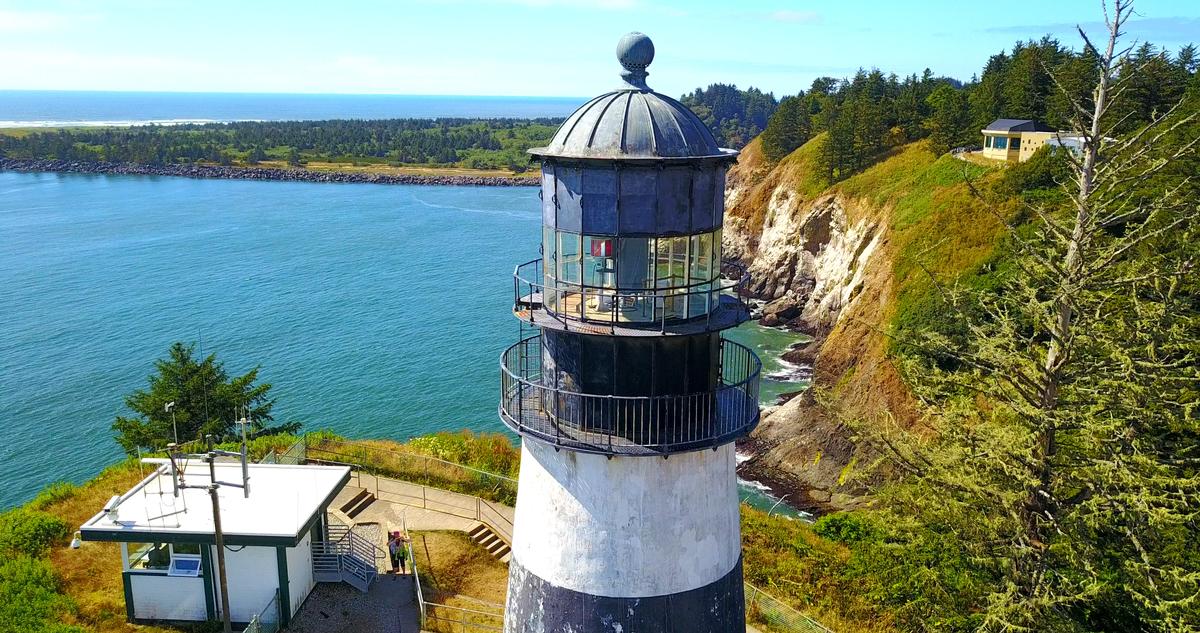
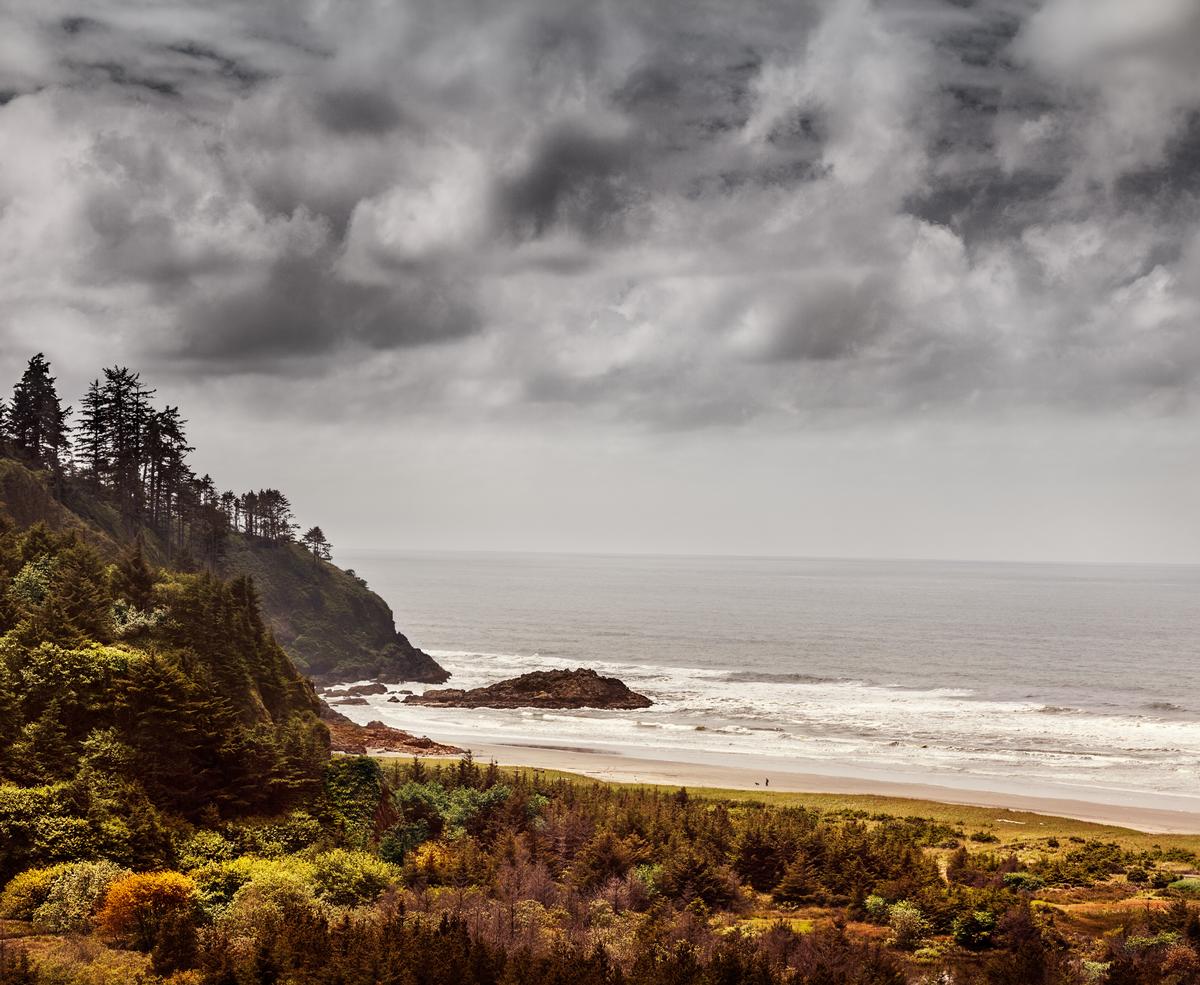

Booking Checklist
1. Book Your Flight - I use Expedia because I like their mobile app with my itinerary. They've helped me re-book flights on many occasions. Once you reach their Gold tier, support is especially good.
2. Book Your Hotel - I use Booking.com or Expedia, depending on my destination.
3. Book Your Rental Car - I use Expedia.
4. Book your tours on Viator or Get Your Guide.
5. If you are planning to visit more than three national parks in the next 12 months, buy the America the Beautiful Pass.
